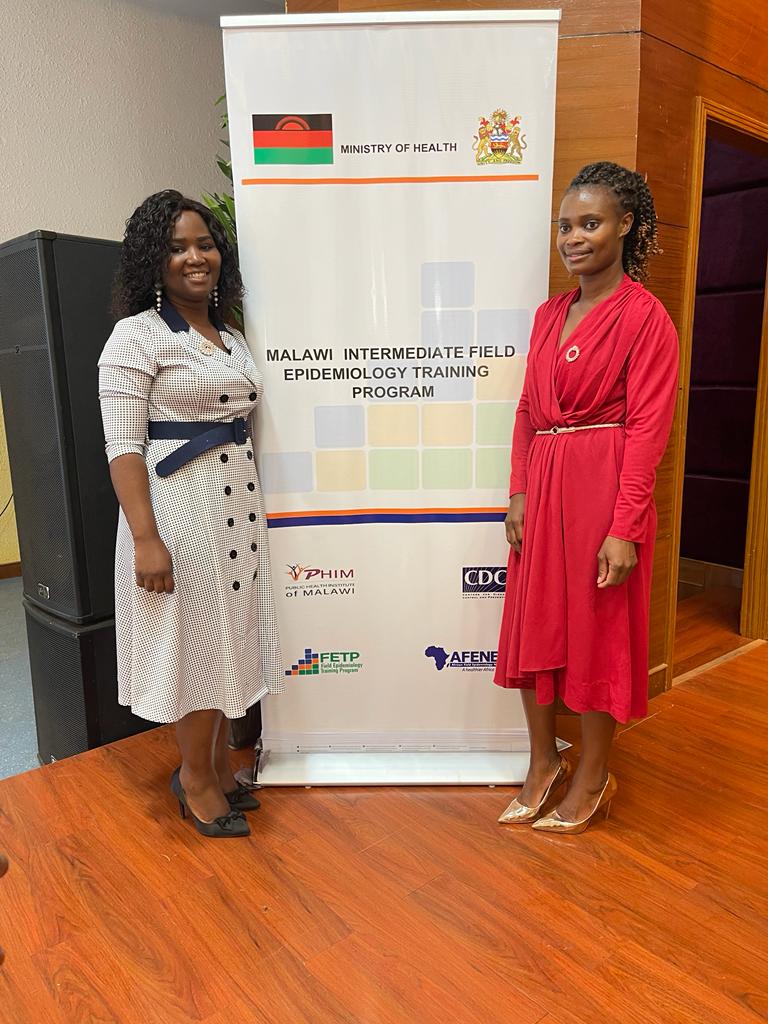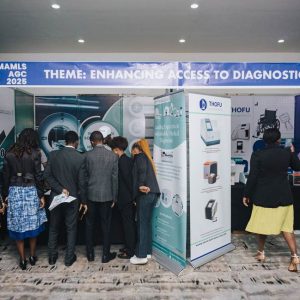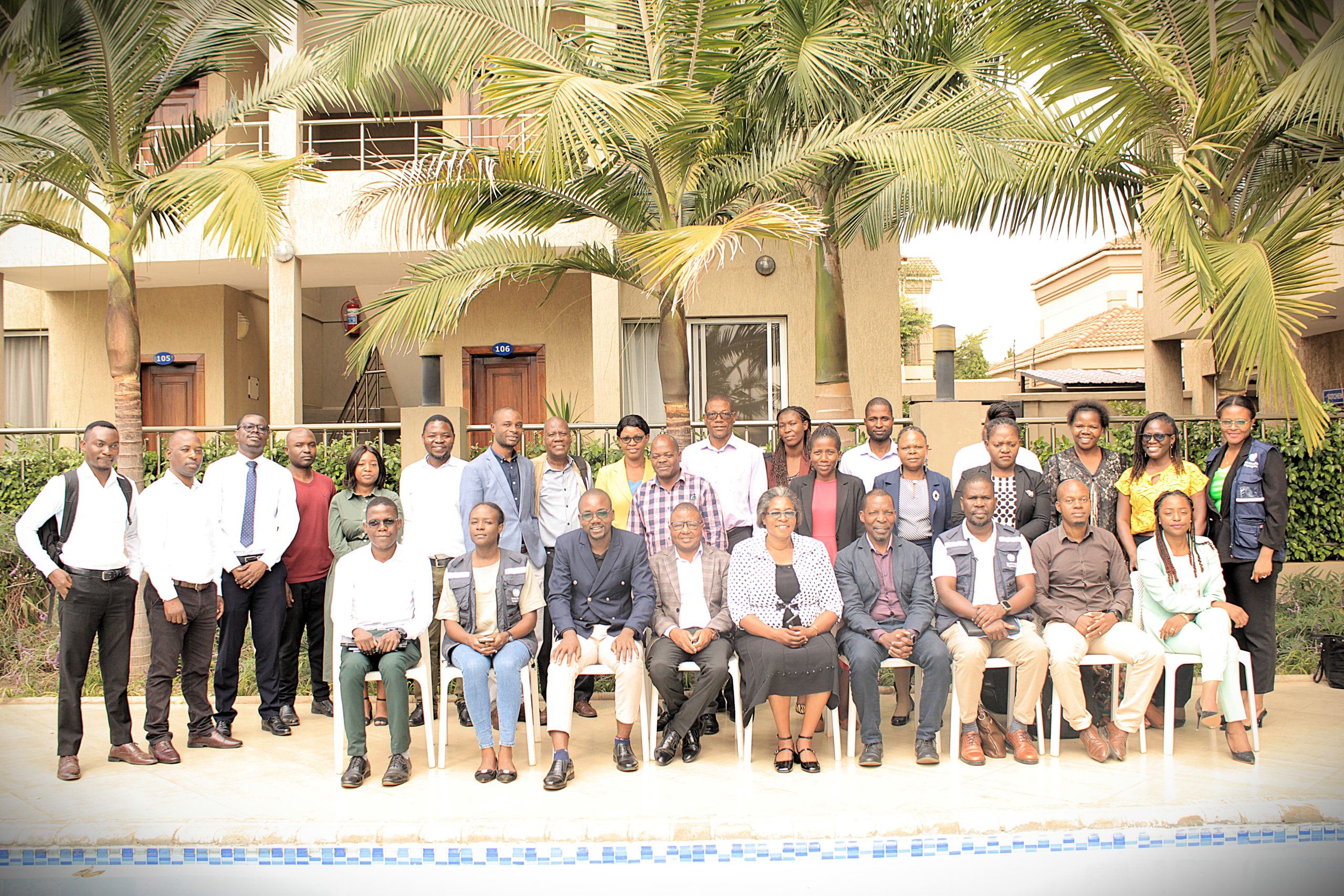
FIRST RDC PREPARATORY MEETING.
by
Moses Nyambalo Phiri in collaboration with Dr. Bernard Mvula , Mr. Hamdan Saidi and Settie Kanyanda.
The Research Division of the Public Health Institute of Malawi is set to host its first-ever National Public Health Research Dissemination Conference (RDC) in October 2025, a landmark event aimed at showcasing health research findings, fostering collaboration, and promoting the practical application of knowledge to inform policy and practice.
The conference is a collaborative effort between the Research Division of the Ministry of Health – Public Health Institute of Malawi (MoH-PHIM) and the Clinical Research Education and Management Services (CREAMS), Malawi. The primary objective is to maximize the impact of health research within the nation.
The National RDC is anticipated to convene a broad and influential spectrum of stakeholders. This includes representatives from diverse local and international organizations, key industries, government ministries, esteemed academic and non-academic institutions, as well as the World Health Organization (WHO) Malawi and the National Commission for Science and Technology (NCST).
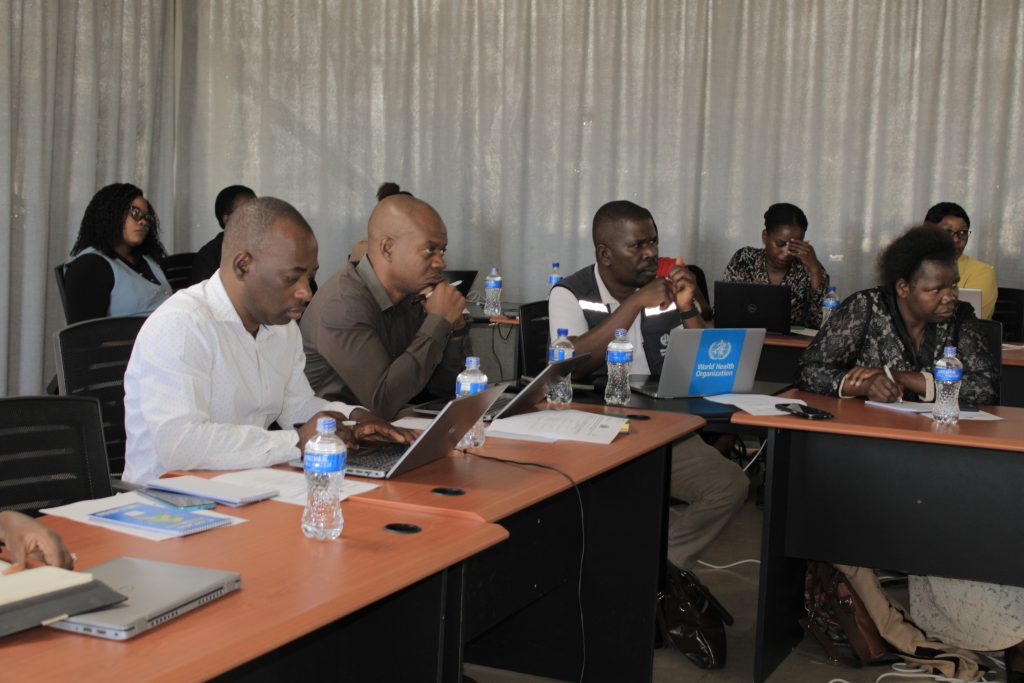
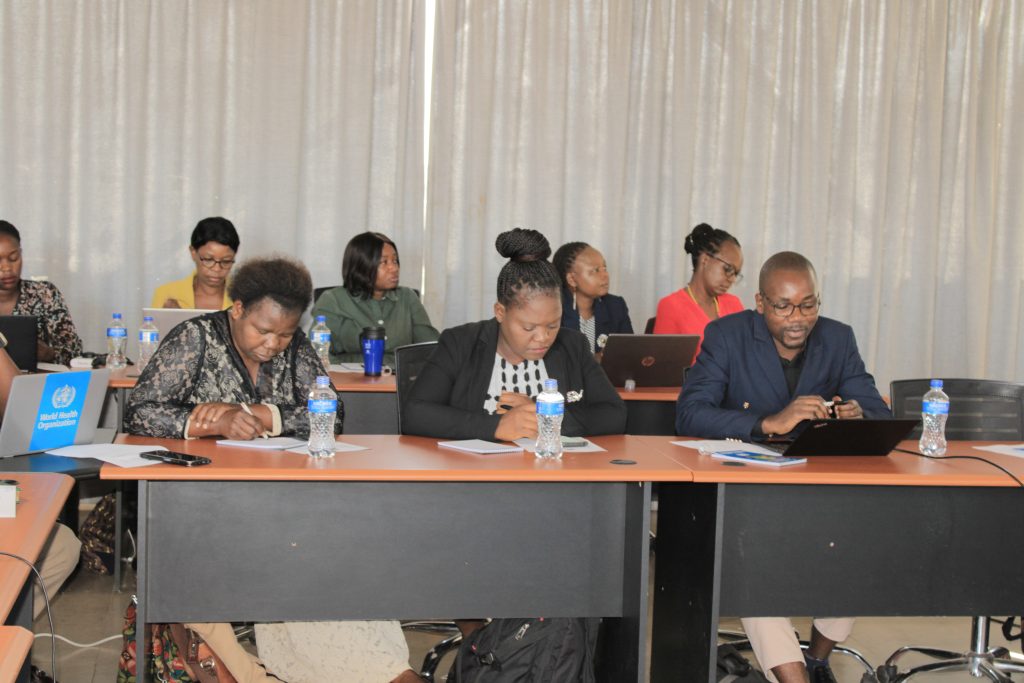
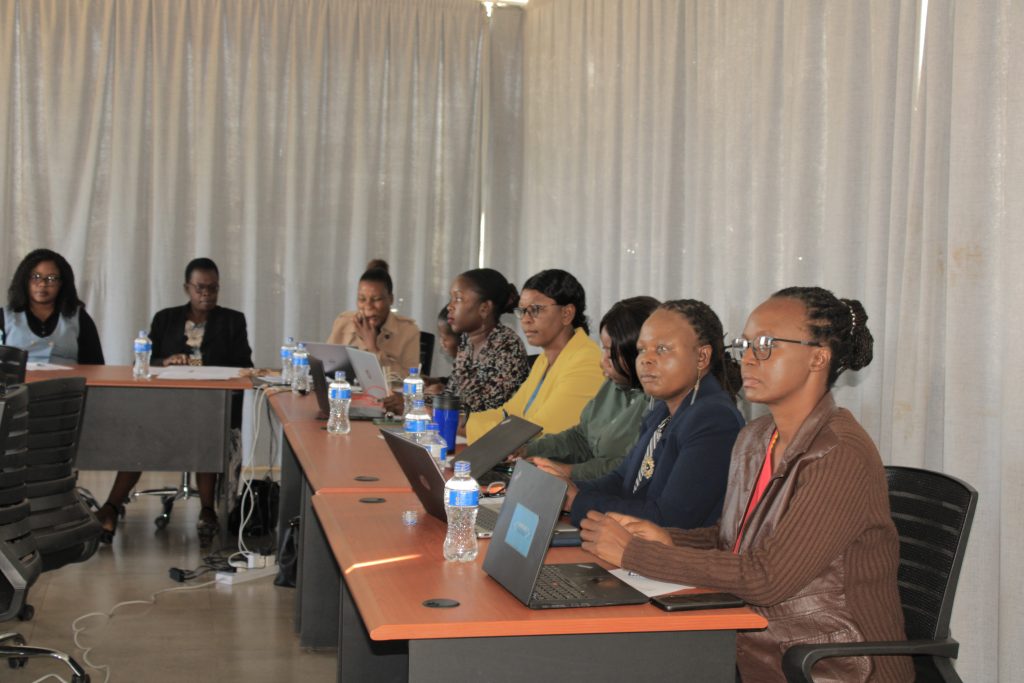
Recognizing the substantial audience expected, the Coordinating Task Force has methodically developed a range of sponsorship packages to facilitate robust resource mobilization for the conference’s comprehensive activities.
As such, organizations and individuals are invited to support the conference through monetary contributions, provision of technical members for sub-committees, or other forms of resource assistance. Sponsorship packages, ranging from Bronze to Platinum, offer a variety of benefits, including prominent branding, speaking opportunities, complimentary attendance, and the chance to host workshops or roundtables.
PLATNUM
Platinum Sponsors will receive a 10-minute promotional speaking slot before a keynote speaker, plus a 30-minute workshop or roundtable slot on a conference-relevant topic. (N.B prices may be revised).
GOLD
Gold Sponsors will have a 10-minute promotional speaking slot before a parallel session and an individual 15-minute presentation slot in a concurrent session.(N.B prices may be revised).
SILVER
Silver Sponsors are offered a 10-minute promotional speaking slot before a parallel session or an individual 15-minute presentation in a concurrent session. (N.B prices may be revised).
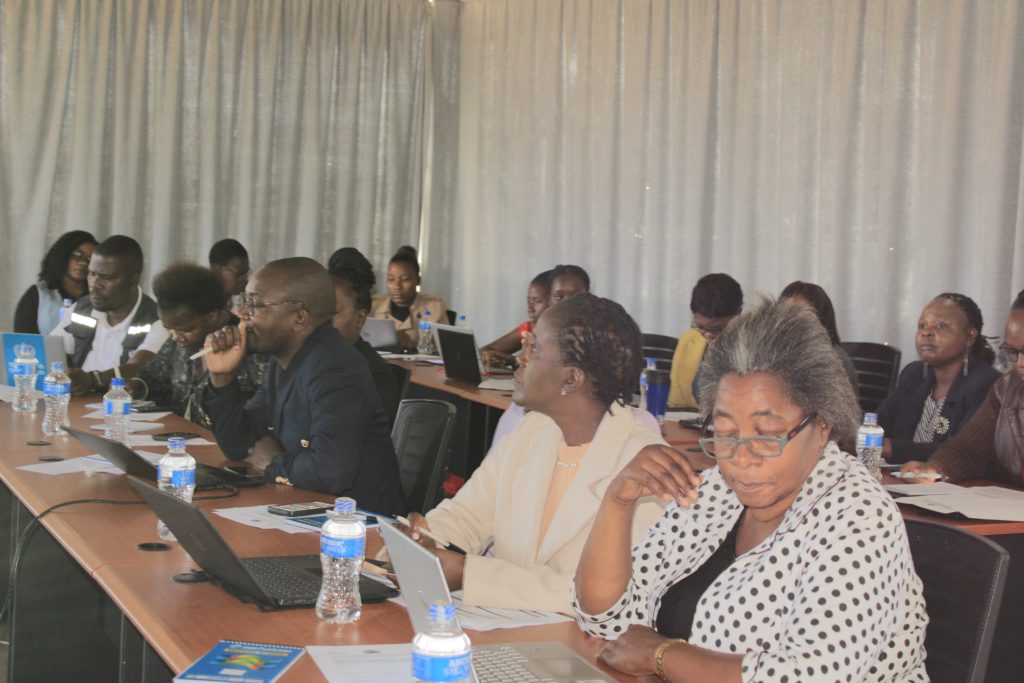
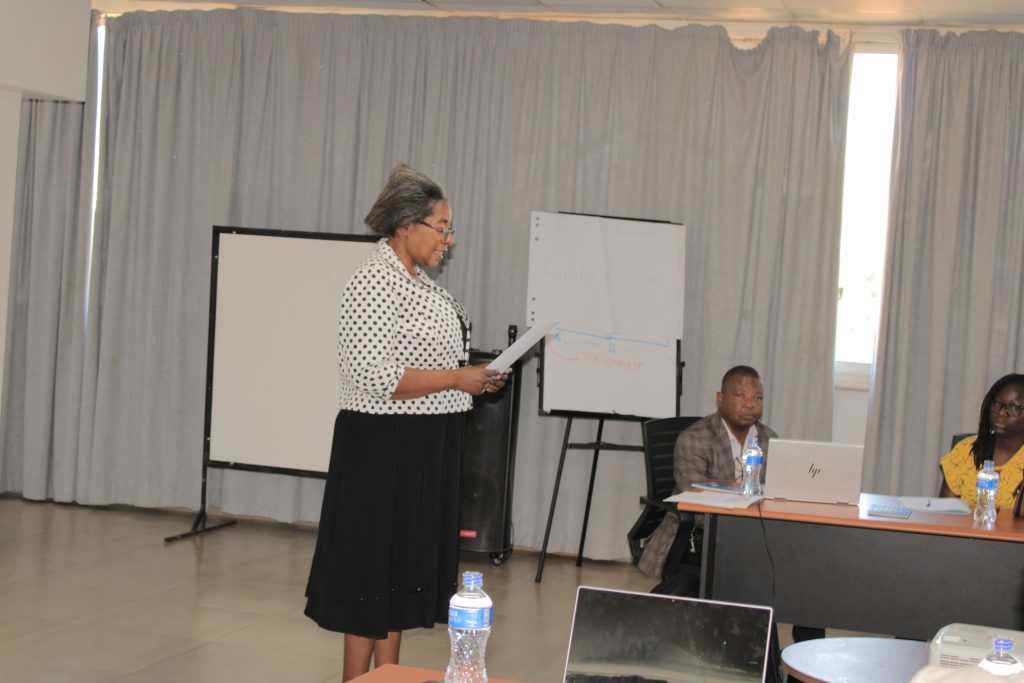
DR. EVELY CHITSA BANDA
Dr. Evelyn Chitsa Banda, the esteemed Guest of Honor, encouraged participants to engage in thorough brainstorming and capitalize on all available opportunities. She concluded the event by expressing her gratitude for the dynamic participation, stating, “Your collective efforts and innovative thinking here today are vital steps that will undeniably put Malawi on the map and secure the well-being of our beloved nation.”
For further information regarding sponsorship or participation, interested parties are encouraged to contact Dr. Bernard Mvula at +265999877398 / bernardmvula@yahoo.com or Dr. Adriano F. Lubanga at +265992744497 / adriano.lubanga@creamsmw.com.

